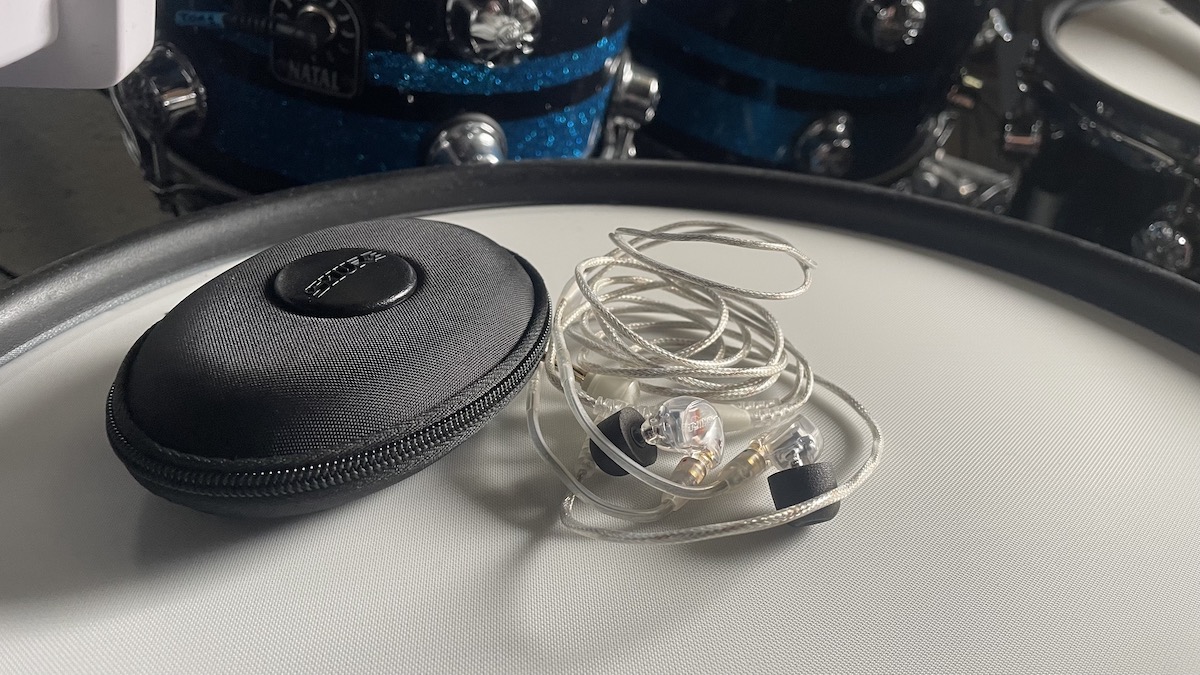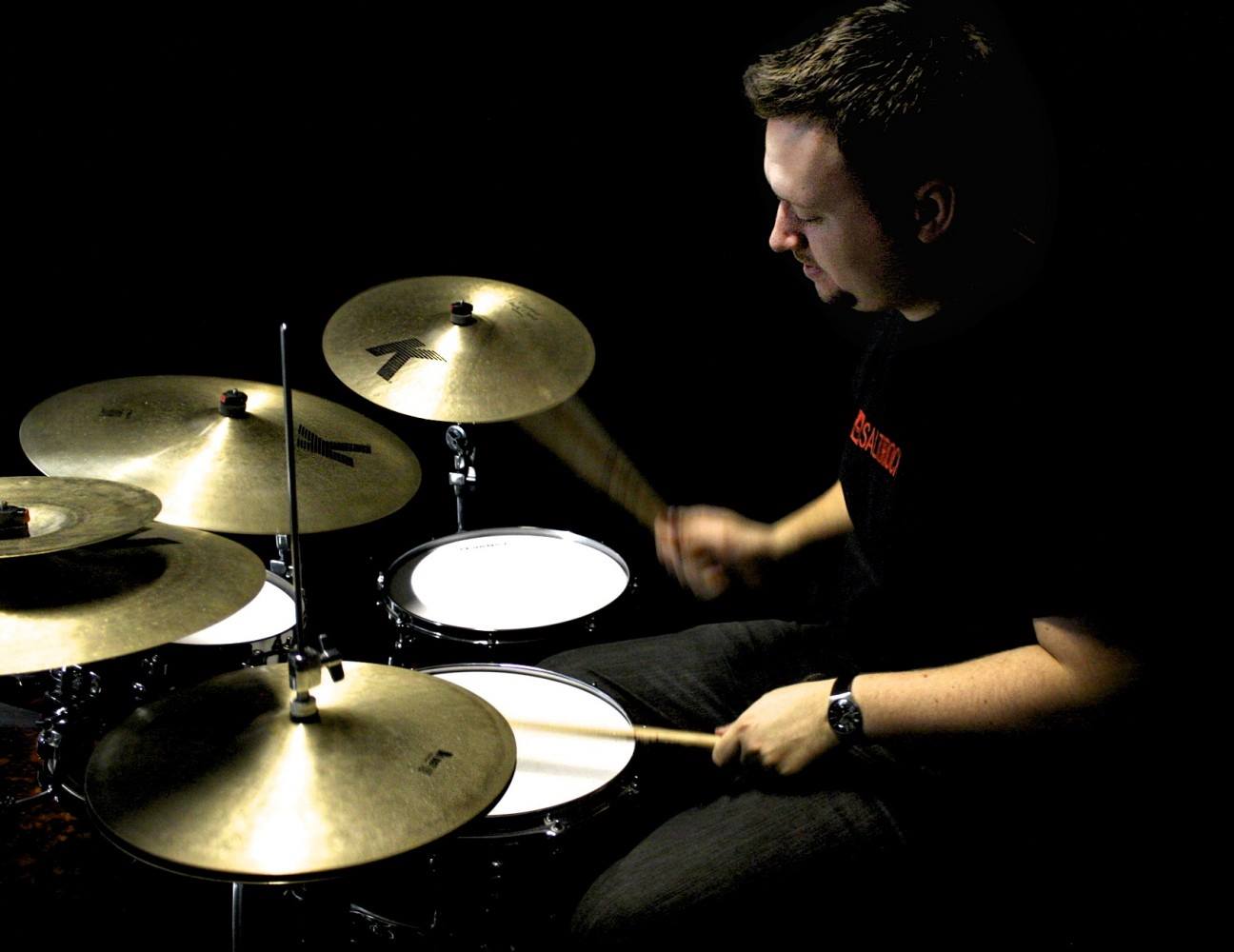MusicRadar Verdict
With a huge range of options available, Shure’s SE series has something for every type of musician. The 425s are a reliable and comfortable pair of in-ear monitors for those with a limited budget.
Pros
- +
Comfortable fit
- +
Detachable cable
- +
Excellent build quality
Cons
- -
Bass response lacking
- -
No colour options
MusicRadar's got your back
Shure SE425 Pro review: What is it?
In the world of in-ear monitoring, the undisputed holy grail is a pair of custom moulded IEMs which, as the name suggests, are tailor-made using individual ear impressions, created to fit the unique shape of each ear. This not only offers a high level of comfort but also gives an unparalleled level of isolation (keeping outside noise out) due to the airtight seal formed around the ear canal. Of course, anything custom-made inevitably comes with a premium price tag. This is where Shure steps in with its (mostly) more sensibly priced off-the-shelf options.
As one of the leading microphone manufacturers in the world, Shure knows a thing or two about audio. Not just when it comes to capturing sound, but monitoring it too. The American company boasts an ever-evolving range of universal fit in-ear monitoring solutions to cater to musicians and audiophiles of every level and indeed budget.
The SE425 Pro set we have for review is Shure’s dual-driver model, containing two ‘high definition’ drivers in each earpiece, which not only adds more punch than a single driver but more clarity across a wide frequency range.
The 425s sit bang in the middle of the current range which also includes two single-driver models (SE112-GR and 215 Pro), a triple-driver option (SE535 Pro) and the flagship quad-drivers (SE846 Gen 2). Prices start at $59/£65 for the entry-level 112s and rise to a whopping $899/£959 for the high-end 846s. The 425s have a guide price of $269/£265 on Shure’s website but can be found for a little less if you shop around. They fit firmly into what we would categorise as budget in-ear monitors.
It’s worth noting that the ‘Pro’ moniker relates to the audio-only cable that is supplied with the monitors. There used to be a hands-free cable option, but no longer available for the 425s.
Shure SE425 Pro review: §
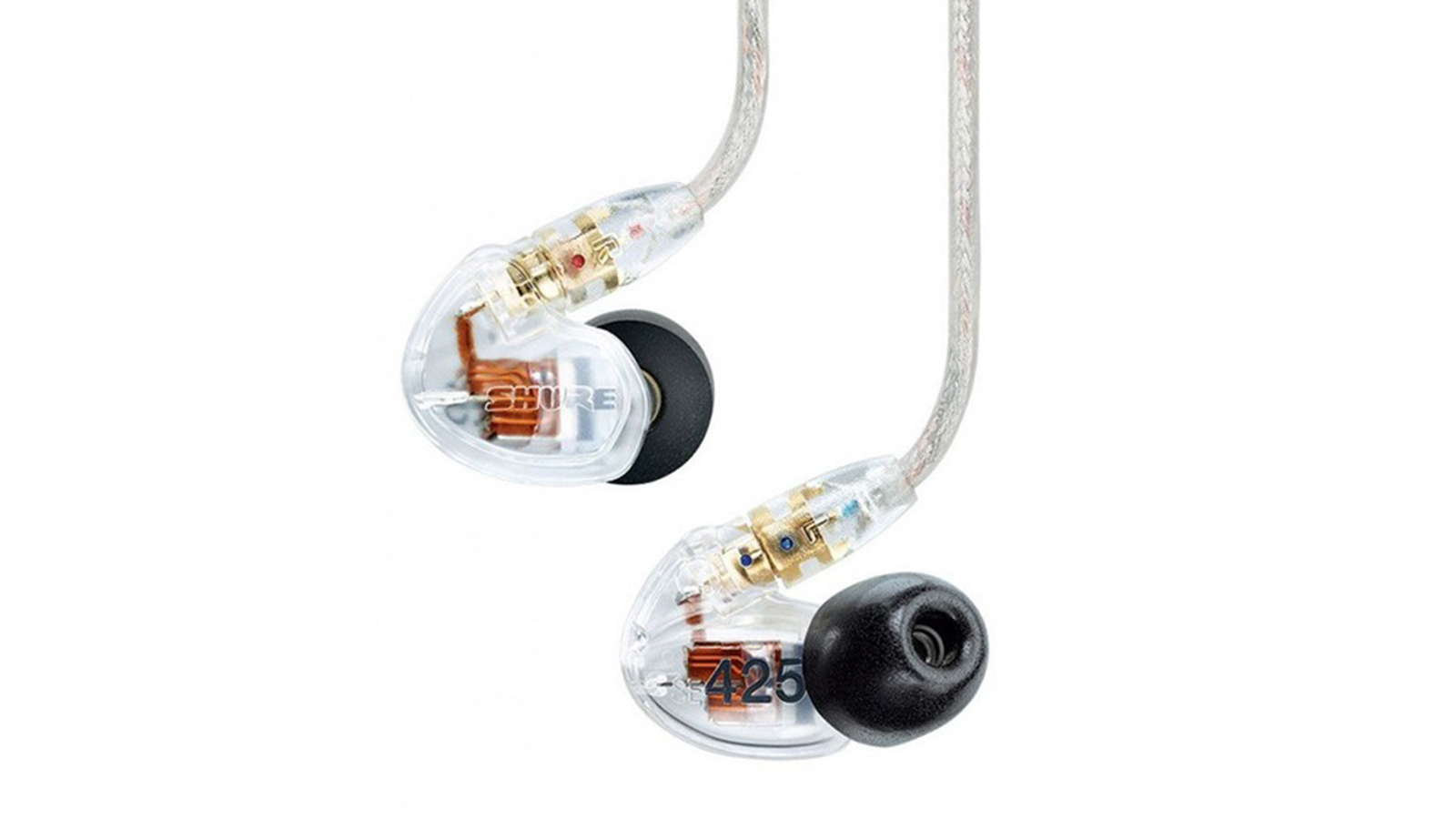
In the box you get two clear plastic dual-driver ear pieces, a matching 64” (162cm) detachable 3.5mm jack cable plus 3.5 to 6.3mm (1/4”) adaptor and a semi-rigid carry case.
In addition, there is a generous selection of interchangeable plastic and foam sleeves, making it easy to find the most secure and comfortable fit. These include three sizes of black comply memory-foam tips, three sizes of rubber Soft Flex sleeves, one pair of yellow foam sleeves and one pair of Triple flex sleeves (the kind that you find on most earplugs).
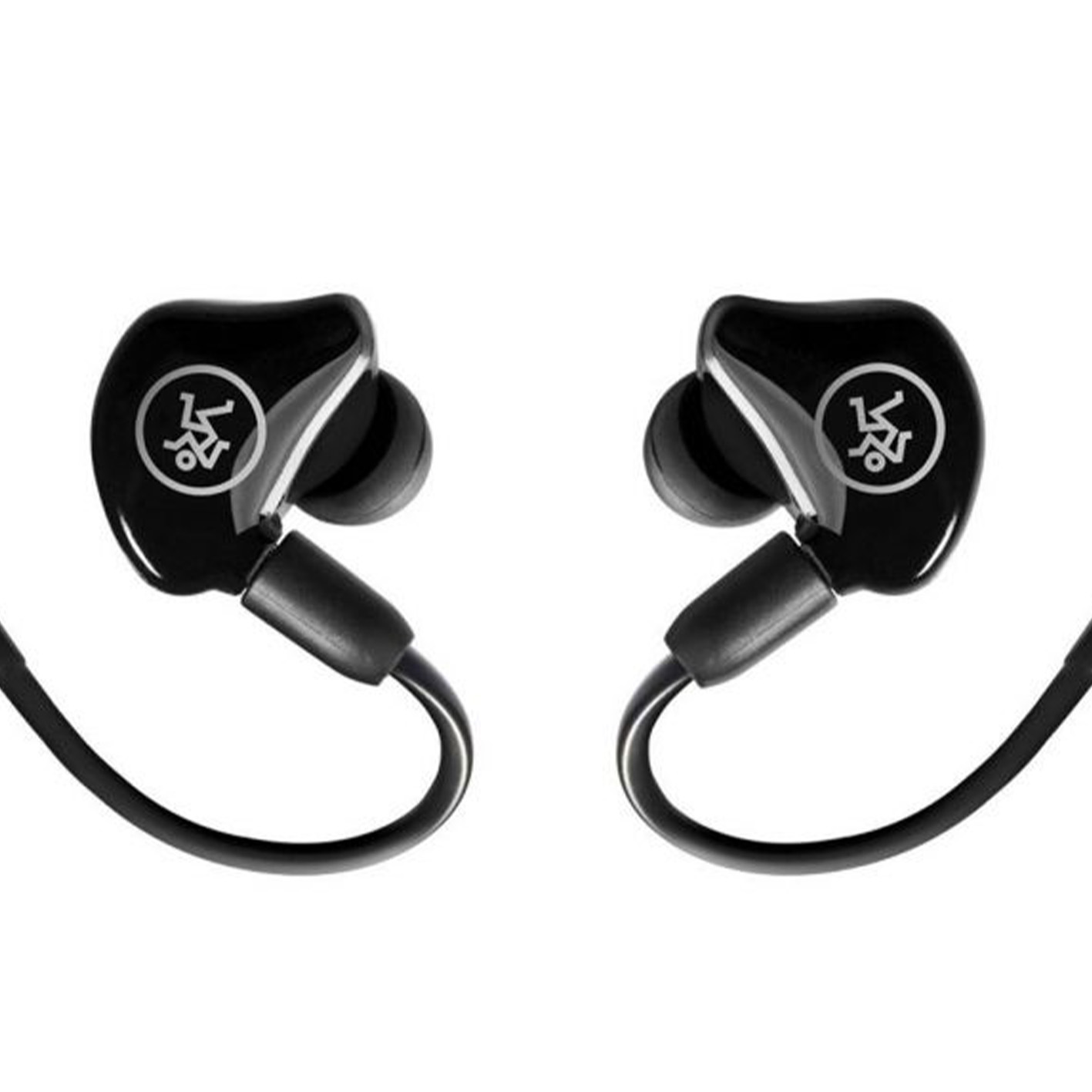
Sennheiser IE 100 PRO Dynamic
Mackie MP-220
KZ ZS10 Pro X
As mentioned earlier, creating a good seal is imperative not only to the isolation levels but also the actual sound quality you’ll achieve with the monitors. We initially found that the factory-fitted medium foam sleeves were doing the job well but upon working through the myriad materials, realised that the larger size blocked more outside noise and enhanced the bass frequencies noticeably.
On the other hand, we found the soft flex sleeves to not only provide less bass but actually lessen the sound quality overall. This could perhaps be different from ear to ear but in the absence of custom moulds, we’ll take the comply tips every time. The SE425’s noise attenuation is listed as “up to 37db” which offers plenty of isolation, allowing monitoring at lower levels. This will be welcome news to live musicians (especially drummers, like myself) who want to subdue the natural stage sound and allow their in-ear mix to shine without having to ramp up the volume.
In terms of frequency response, the 425s are rated between 20hz and 19khz, which is a good start considering that’s essentially the limit of human hearing. The reality is that even though they do nearly achieve this spectrum, there is a lack of oomph in the sub-bass ranges. That said, for the size and considering the price, it’s nothing to be sniffed at. For dual-drivers, we found they did the job satisfactorily, delivering a good balance, if not a little mid-centric.
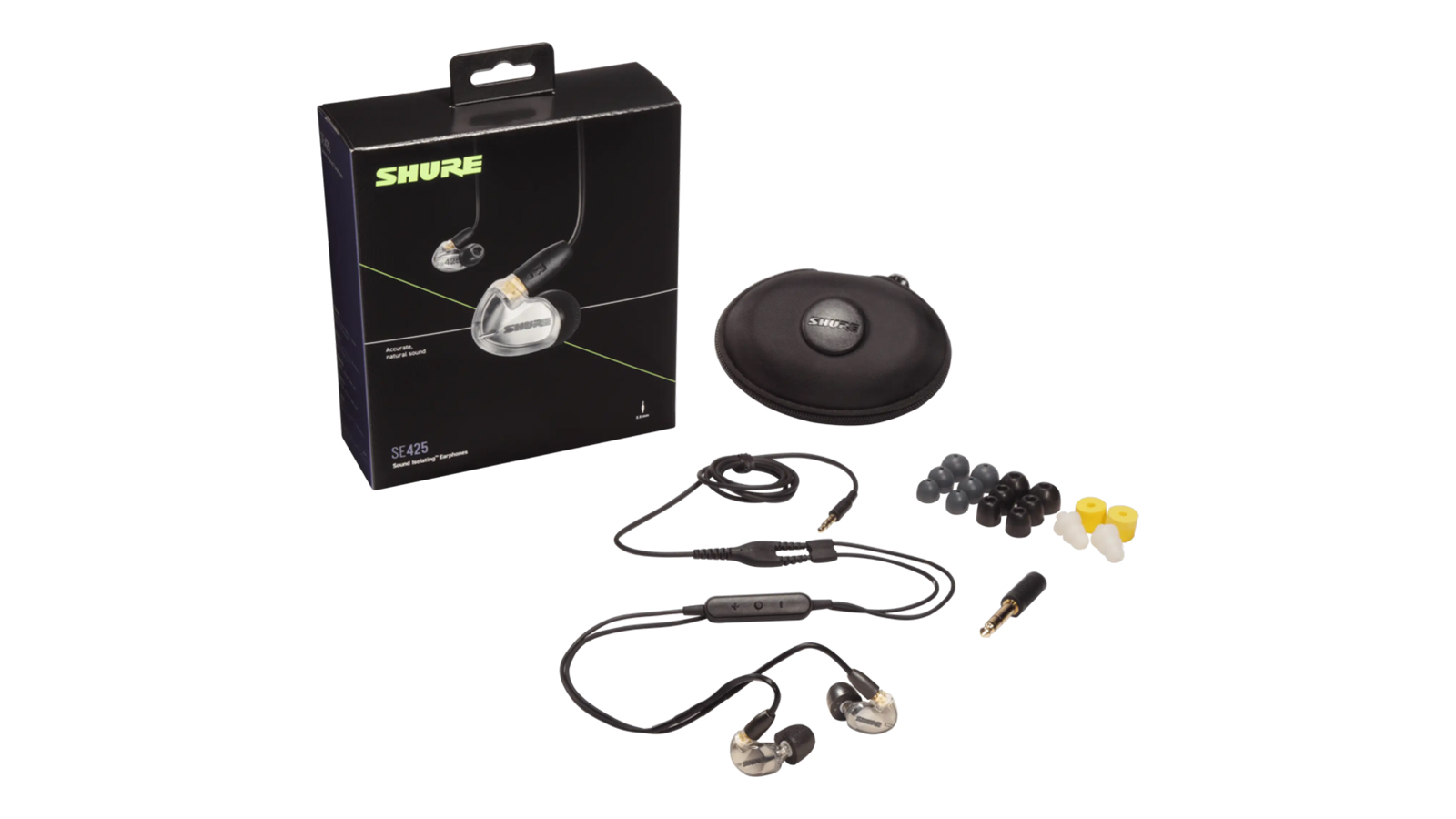
For us, where the Shure IEMs excel is in terms of comfort, particularly when compared to some other generic fit options. The compact and low-profile ear pieces sit flush in the ear and don’t feel like they need pushing back in every two minutes. The Wireform cable (which rotates 360 degrees) bends neatly behind the ear and stays firmly in place. The build quality is of a very high standard and feels built to last, too.
The detachable earpieces not only make it easier to potentially replace individual components, but also means they can be connected to Shure’s new True Wireless Bluetooth adaptors, so you can use them as everyday listening headphones too. These can be purchased separately for $/£189.
FInally, we found the constantly changing line-up of Shure’s range to be a little unclear - particularly as each of the models look near-identical, if not for some interesting colour options. And on that note, it’s a shame that the SE425s aren’t available in some of those other colours.
Shure SE425 Pro review: Hands-on demos
Gear4Music
ReadlAudioReviews
Shure SE425 Pro review: Specification
- Drivers: Two
- Attenuation: Up to 37db
- Frequency range: 20hz to 19khz
- Included: Detachable 3.5mm clear cable (64”) with wireform fit, black foam sleeves (S/M/L), soft flex sleeves (S/M/L), yellow foam sleeves, triple flex sleeves, premium carrying case, 3.5 to 6.3mm adapter
- Contact: Shure
Tom is a professional drummer with a long history of performing live anywhere from local venues to 200,000 capacity festivals. Tom is a private drum tutor, in addition to teaching at the BIMM Institute in Birmingham. He is also a regular feature writer and reviewer for MusicRadar, with a particular passion for all things electronic and hybrid drumming.
“I used everything I knew about music”: How Green Day exceeded expectations with their most ambitious song
YouTube just added AI tools that makes musicians, library music and video editors redundant
“Every one of them said yes without hesitation": Hank Marvin and Roger Taylor have just remade a '60s classic for charity
